"Schindler's List" 30th Anniversary Retrospective: The Impossible Task of Depicting the Holocaust
Spielberg does not fully commit to the horror, but Schindler's List remains the preeminent depiction of humanity's darkest hour.
RetrospectiveOn 27 January 1945, the Soviet Union’s Red Army liberated Auschwitz concentration camp. As Nazi Germany's inevitable defeat drew closer, most of the remaining prisoners got sent on a death march. By the time the 322nd Rifle Division arrived, approximately 9,000 remained.
The Nazis destroyed camp records and prepared their loot for transport while the prisoners tore down the camp. What remained could only be scavenged: they had no food or water and little hope for survival.
But many survived, and their ordeal shocked those who relieved them. There were mountains of ashes from the burned bodies of dead Jews, the barracks were “encrusted with excrement,” and food only made the prisoners sicker.
For all the Nazis had destroyed, there was little they could do to erase the evidence of their crimes: they left behind nearly 8 tons of human hair, hundreds of thousands of clothing items, and hundreds of decaying corpses.
The men could not fathom Nazi Germany’s cruelty, the hatred necessary to rationalize such barbarity. Of course, they knew only a fraction of what the world knows now, nearly 80 years later.
Of the 1.3 million people sent to Auschwitz, 1.1 million died. Nearly 900,000 Jews who came to the camp got gassed upon arrival, namely children, women, and the elderly. Anyone who survived arrival was subjected to summary execution, disease, starvation, and human experimentation.
Josef Mengele, the “Angel of Death,” was a sadistic anti-Semite who relished conducting experiments on inmates. He held no care or concern for his victims' anguish, amputating healthy limbs, forcing exposure to typhus, injecting chemicals into the eyes, and extracting teeth and blood from inmates with dwarfism and pregnant women. Some victims suffered vivisection without anesthetic. Anyone who survived these ordeals got executed once their use to Mengele expired.
Nazi Germany ran 22 additional death camps and 1,000 satellite camps. In all, the Third Reich operated 44,000 incarceration centers during WWII.
There is no accounting for the breadth of horror. We may compile numbers and statistics and develop metrics to determine the loss of life, but human suffering isn't quantifiable.
Thus, Schindler’s List cannot do or be all its critics want. It cannot speak for every victim, avenge every death, or illuminate an experience we did not have: no connective thread can weave its way from the pain we have endured to that which millions of Jews, Poles, Roma, homosexuals, disabled people, and POWs suffered during the Holocaust.
It is an objective evil, neither interpretive nor excusable. Its historical context is worth learning, but doesn't justify what it helped create. A film cannot know the truth of the 1.1 million people killed at Auschwitz, the 4.9 million Jews killed elsewhere, or the meaning of living each day knowing what you suffered, what you lost, and that millions lost even more.
All Schindler’s List can do is reflect: not the truth of suffering, feigning empathy for circumstances it cannot understand, but of the fact there is truth to acknowledge. We cannot know the depth of horror, the emotional journey, the psychological damage: that is for the victims alone. Behaving like we can be a vessel for them is the ultimate pretension: it is so like us to demand recognition from something we cannot understand for being its savior.
The question is not if Schindler’s List exposes or unveils, but if it does reflect and in a way that gets us to feel beyond the fact there is something to feel. After all, we thrive on societal rights and objective wrongs; our feelings and thoughts collapse under the weight of what appears acceptable. It's right to condemn the Nazis and wrong not to express moral outrage when their name gets uttered. It is right to weep at the stories of surviving victims and wrong to admit that the tales have been told so often that feeling much at all is difficult.
Schindler’s List thrives as we do, embracing those societal rights and objective wrongs to avoid something more meaningful. The Holocaust was an evil carried out by evil men, but what good does that term do? We look at the whole of a person: their principles and whims, thoughts and feelings, ideals and beliefs, and conclude their value, a broad idea of their worth. They are either good or evil.
The architects of the Final Solution were, in this light, evil. But in their eyes, in their lives, in their experiences, they were good. Not all of the Holocaust was an exercise in psychopathy: it was also a flex of conviction, a belief that their actions were not only excusable, but necessary.
They were family men. They lived and breathed as we do and loved and cherished just the same. The horror is not that savages conquered continental Europe and used it as a mass murder factory but that men like us did it.
Schindler’s List wants us to see the Holocaust as evil based solely on being that vague evil. The specifics of that evil are not vague, so neither is the depth of it. But once we know a generality, we must dig deeper. The movie paints the Nazis as monsters based on their existence instead of their deeds. Everything they do is inevitable, almost like their purpose is to be what they are.
This dismissiveness shows us that what seems dire to victims and so horrific to viewers is commonplace for the perpetrators. The violence is always matter-of-fact; even in fits of rage, the officers seem unsentimental. They treat killing like a routine part of their day; that casual nature makes the horror inescapable. There is no bargaining or reasoning, getting in or getting through. These men create the world and can end your time in it whenever they wish and for whatever reason they claim because they don’t need a reason at all.
You feel that informality within the formality of duty, where soldiers march into the ghetto and execute hiding Jews at will as they play Bach on a piano. You feel it when Amon Göth shoots 25 men to root out a successful escape plot or when he tries to murder a slow-moving factory worker. Even if there is immediacy, there is purpose: all deeds, even if driven by feeling, are "righteous."
But Schindler’s List fails to understand that to impart something to us, to resonate beyond simply acknowledging the obvious truth that the Holocaust was horrible, it must succeed first as a narrative drama and build its stance on that strength. It cannot choose a select few Jews to track as they move from one camp or factory to the next, as though they matter more than the rest. It cannot ask us to treat it like a movie where we invest in those people because we see them a lot. It cannot manipulate our hopes by having them face a hot shower or certain death. It cannot demand we confront something it tricks us into confronting or be about horror if it always grants relief.
But Schindler’s List, in the end, is more about relief than horror, which undermines the Holocaust altogether. It is about getting bathed in warm water, not gassed in a cold chamber. It is about assuaging guilt instead of feeling it. It is about survival in a movie that chronicles the human propensity for inflicting death.
Yet, it still stands as one of the all-time cinematic achievements despite not achieving or becoming what it wants, and for the only reason that matters: it makes us feel.
It is not when Schindler crumbles into Stern’s arms and laments all he did not do and the consequences of his inaction. It is not when Stern tells him, "the list is life." It is not when Helen spells out the senselessness of Göth’s evil or when the descendants of the Schindler Jews lay rocks upon his grave.
It is in the small moments: the realization these people had to conceive of survival in a way no person ever should. It is when the women use their blood as rouge to mask their poor health. It is when a small child, scared and alone, hides in a pool of human waste and shivers in the cold. It is when Göth snipes prisoners from the villa balcony. It's when a Soviet soldier happens upon them and tells them of a nearby village, and we realize these people, though they have longed for it, have no clue what to do with survival.
Schindler’s List does not do what it cannot, and for that, it has long gotten wrongly condemned. It tries to play tricks with a subject immune to trickery, and for that, it has long gotten rightly condemned. But that condemnation, less on principle than ego, exposes that no film could ever do what we demand because we would never let one. We would never set aside cynical dissections of merit solely to appreciate meaning. We would never abandon our abstract criticism, where generalities get handed out like candy on Halloween in the name of being the person who rejects what others embrace. We would never let a film be something important if it did not fit into our definition of the word.
In that way, many reflect on Schindler’s List as a failure, but it is actually our failure. A film has merit not in impact but in reflecting that truth we can never understand. Ambition is, by definition, flawed. We cannot envision or attempt without a chink in the armor, some hole in our design, some error in our execution. We cannot be perfect, thus neither can movies.
What we can be is worthy. We can earn recognition and remembrance because, for all our faults, we can succeed. Schindler's List could never have been the film we wanted, but it succeeds at something many films fail at: it reflects. It shows that a man can only do what he can, and sometimes, those limitations expose virtue just as they do evil. We can never truly know what Holocaust victims endured; neither could the Soviets who liberated them. We can only observe, listen, and try to understand. It cannot replace the accounts of survivors, but for the big screen, Schindler’s List is the best understanding we will ever get.
.png)
95
Director - Steven Spielberg
Studio - Amblin/Universal Pictures
Runtime - 195 minutes
Release Date - December 15, 1993
Cast:
Liam Neeson - Oskar Schindler
Ralph Fiennes - Amon Göth
Ben Kingsley - Itzhak Stern
Embeth Davidtz - Helen Hirsch
Editor - Michael Kahn
Screenplay - Steve Zaillian
Cinematography - Janusz Kaminski
Score - John Williams

%20(13%20x%206%20in)%20(13%20x%204%20in).png)

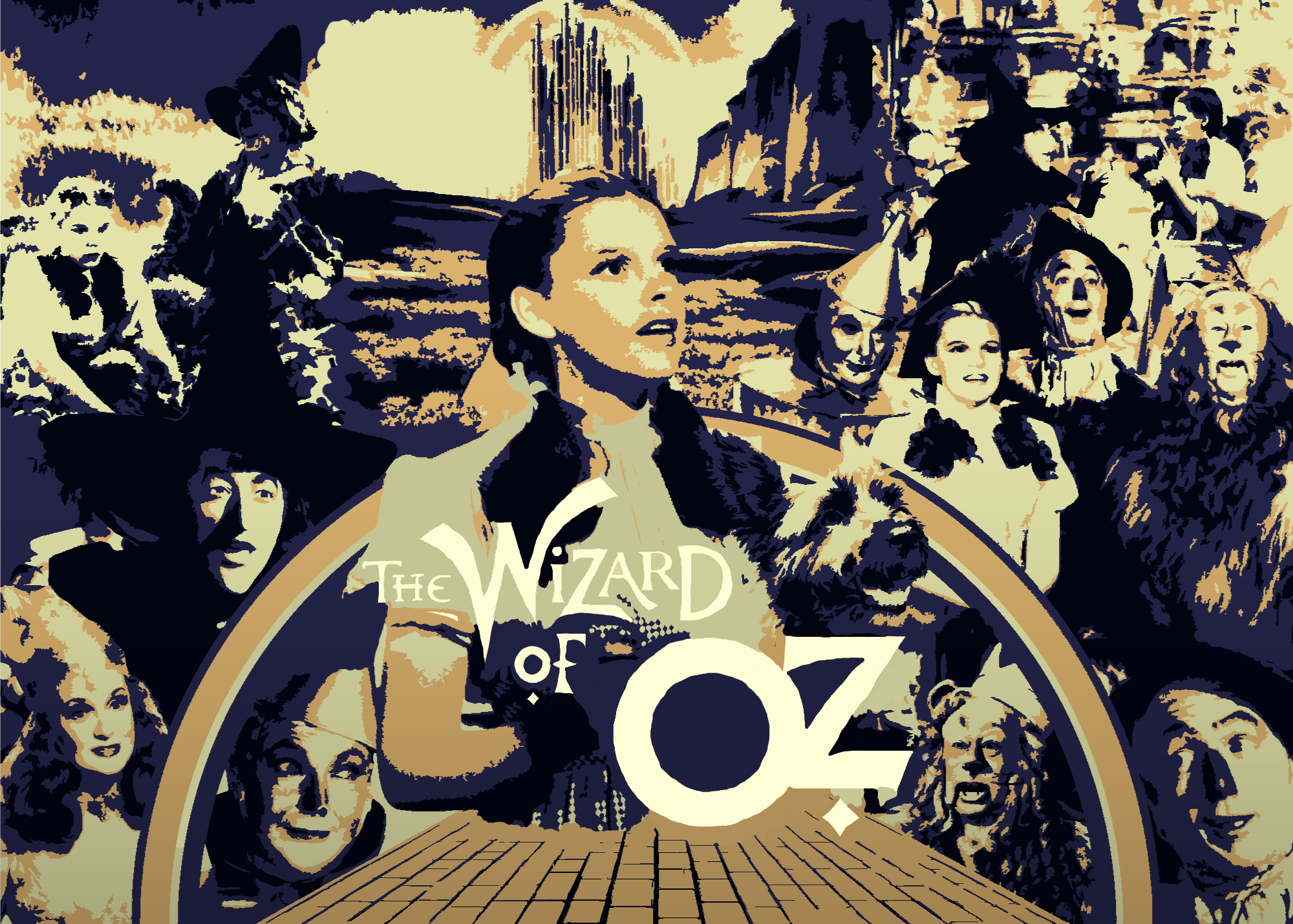


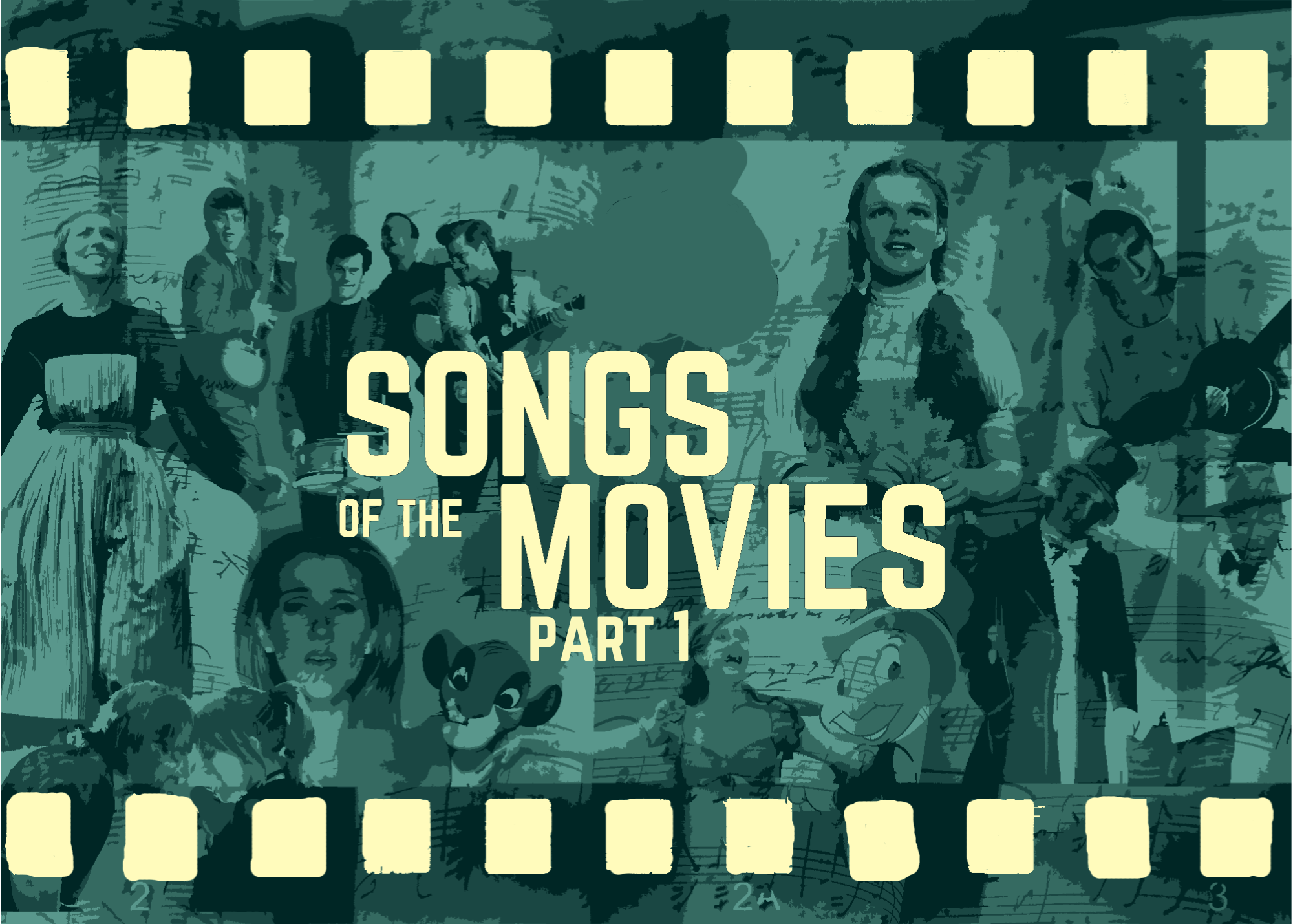

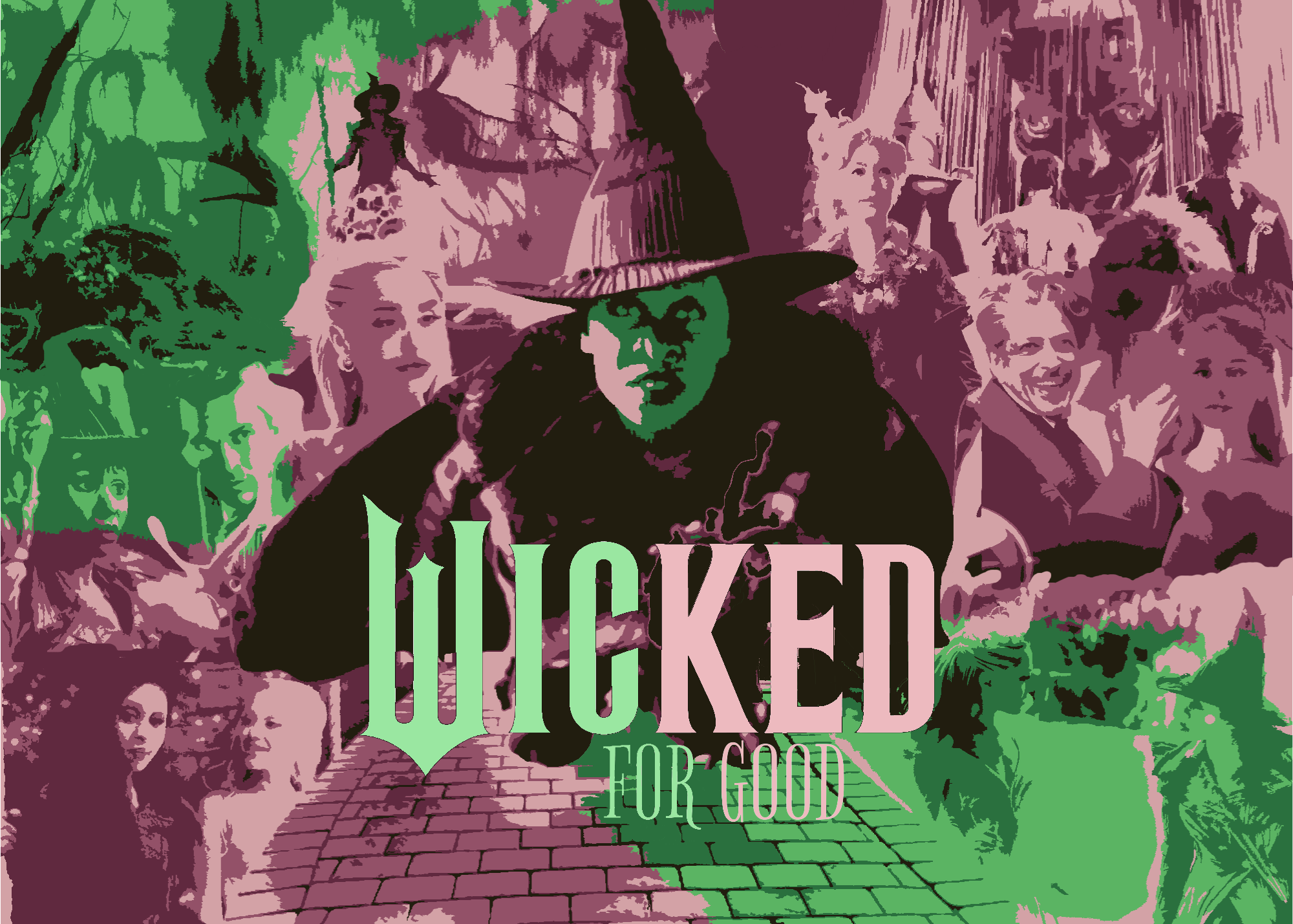
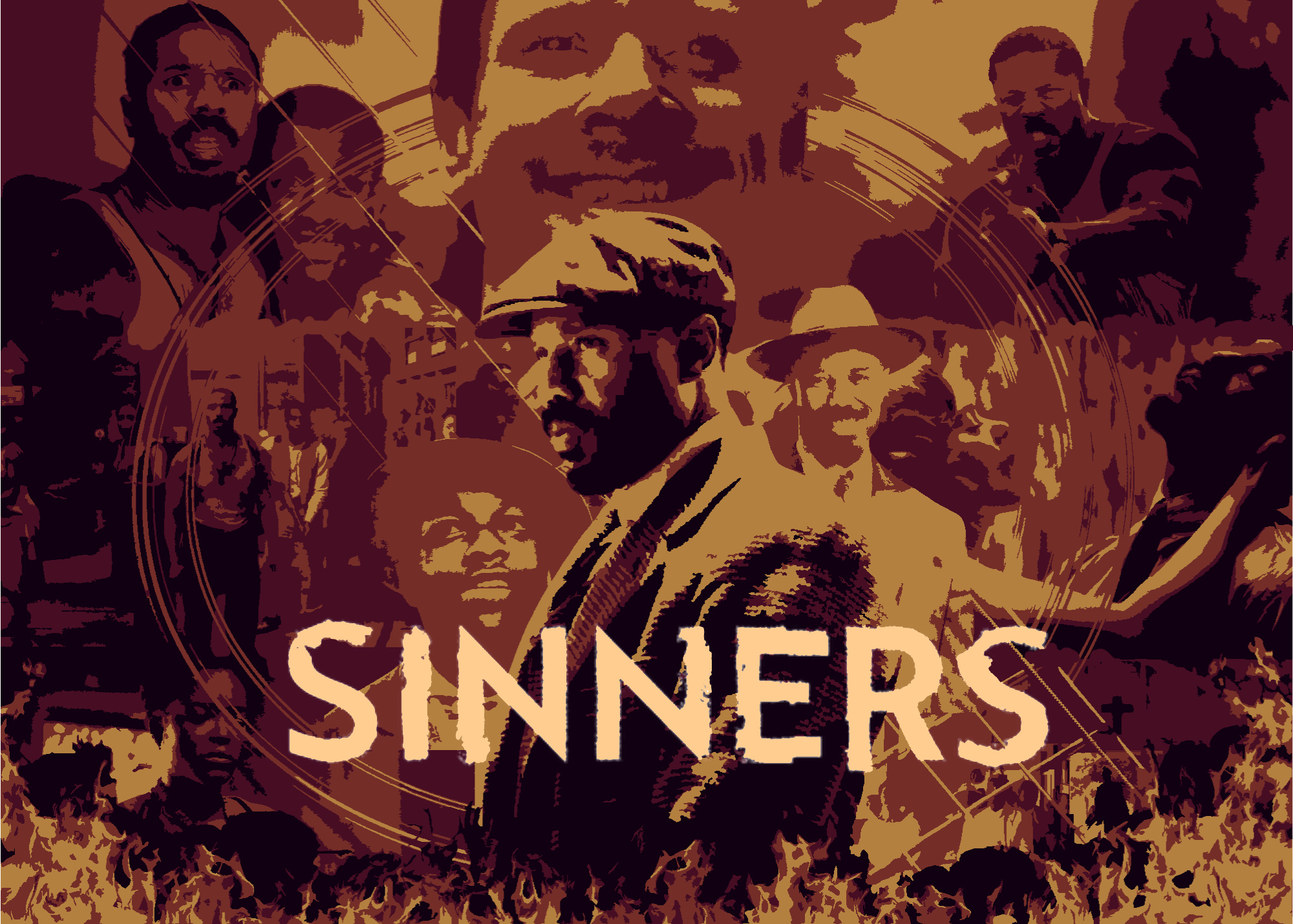















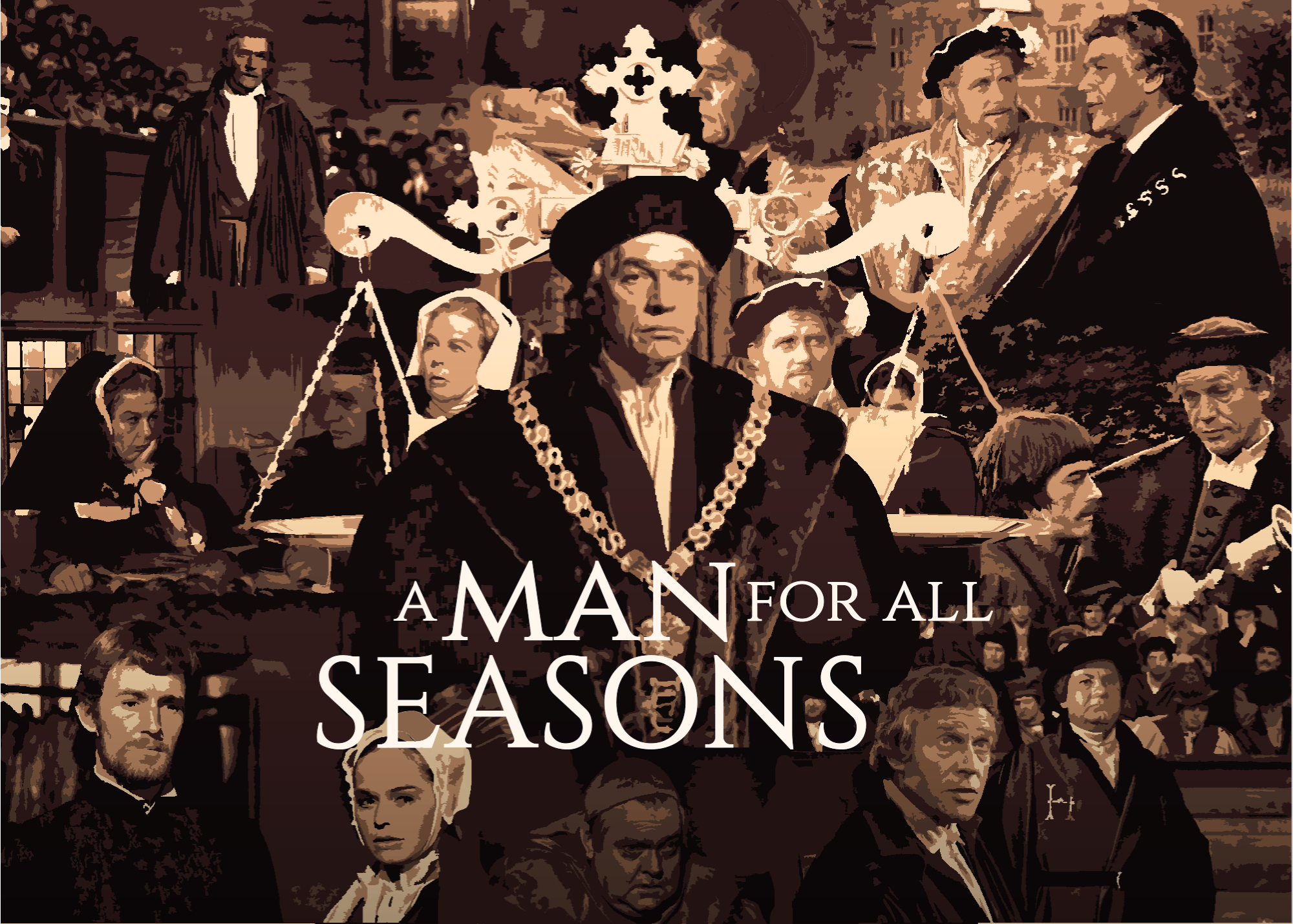











.png)






.png)